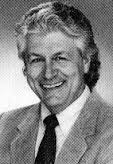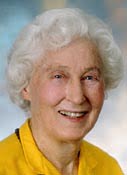Working With the Transpersonal Self to Heal Trauma and Release Spirit Intrusions – David Furlong (Is.32)
Abstract – In this article, David Furlong, PhD, the Director of the Spirit Release Forum and the author of several books, shares his discoveries from more than twenty years of practice and research into spirit release therapy, which includes healing inner trauma. He highlights the importance of the transpersonal dimension within his therapeutic approach, based on more than ten thousand hours of clinical practice, and highlights the complexities and entanglements in dealing with cases involving past lives and malign entity attachments. He shows how spirit intrusions can sometimes infect sub-personalities and the methodologies for clearing and balancing their energetic state. These methodologies involve simple regression techniques, supported by a direct connection to the Transpersonal Self, which is … Read the rest



